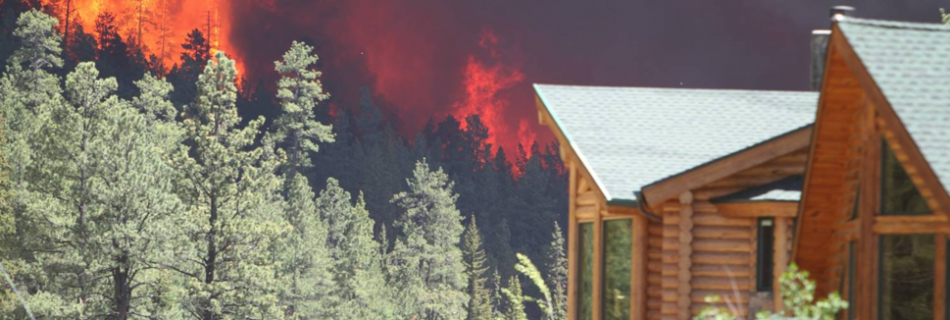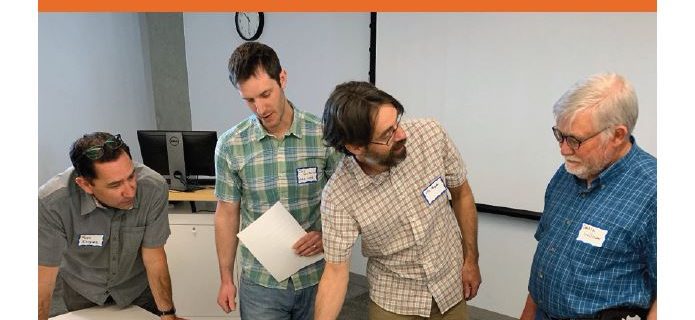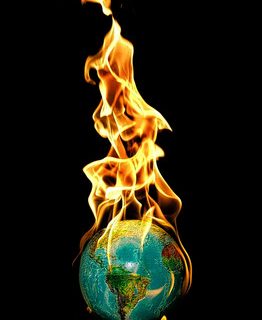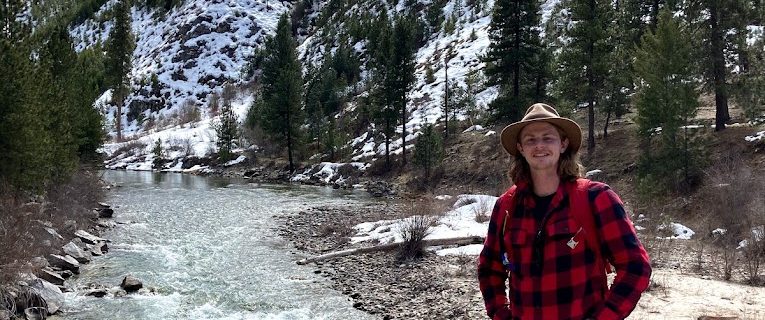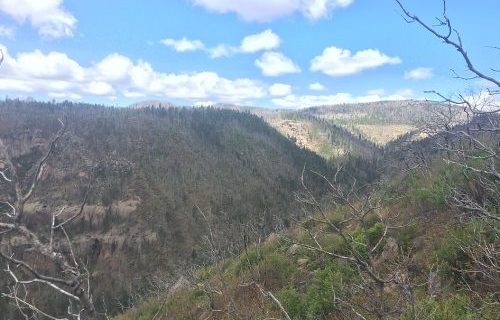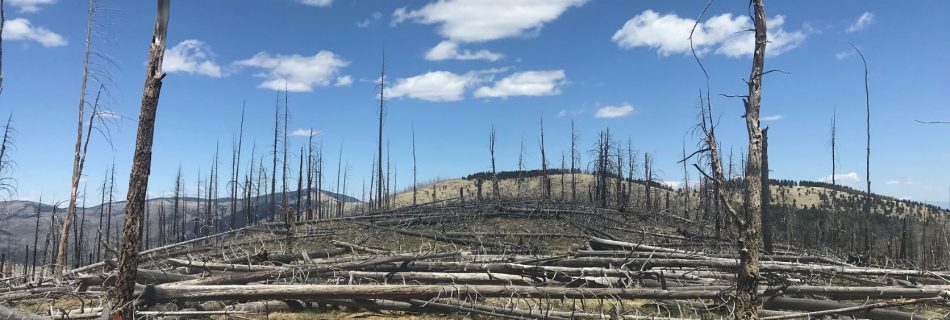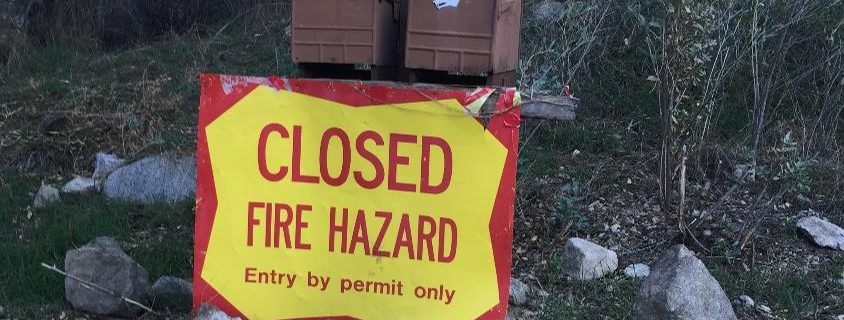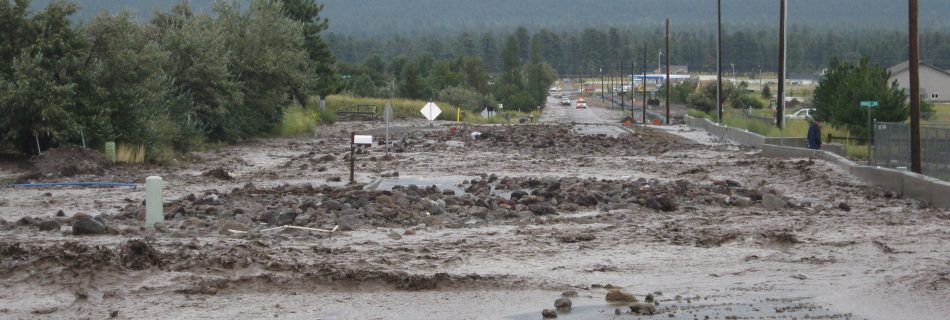March 2016: Arizona WUI Summit and Firewise Conference
This 2-day summit equipped the homeowner as well as fire departments and firefighters with information and actions they can take to reduce loss and increase safety in their community. Topics included fire ecology, hazard fuel reduction grants, insurance issues, risk assessments, Fire Adapted Communities, Ready, Set, Go!, Firewise principles, emergency management, forest health, and various programs …
Read more “March 2016: Arizona WUI Summit and Firewise Conference”

